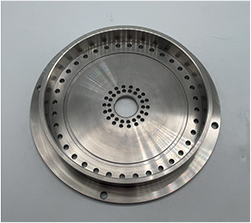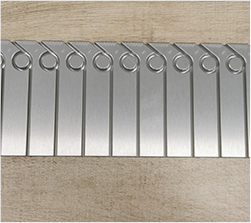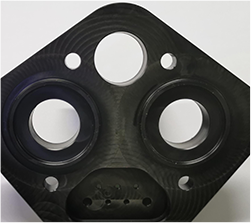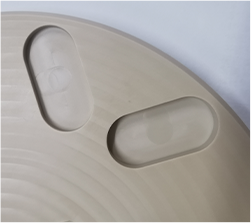- Capabilities
-

CNC Machining
Tight tolerance and 20+ finishes 3, 4 , 5 axis, as fast as 2 days -
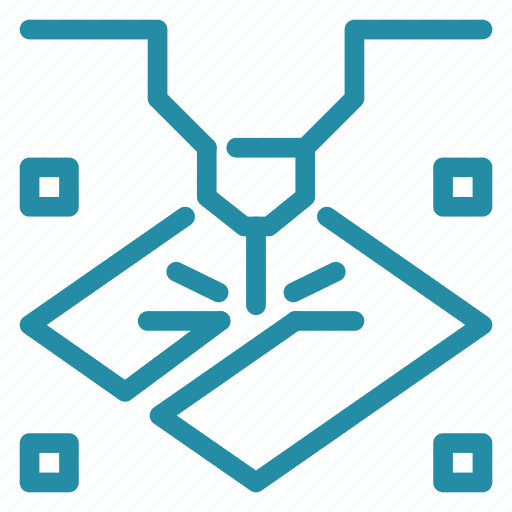
Sheet Metal Fabrication
High-precision, on-demand sheet metal cutting and bending. -
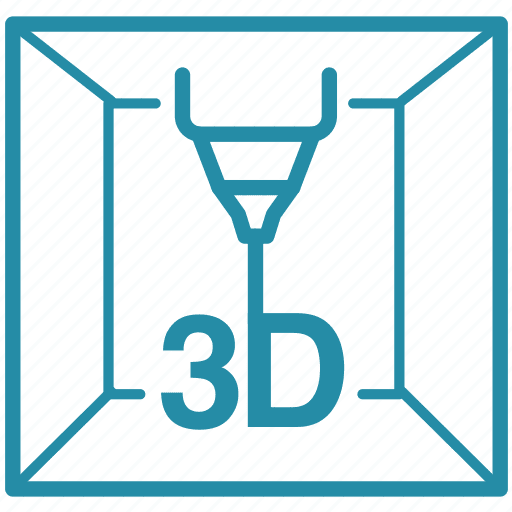
3D Printing
SLA, SLS,MJF,SLM, FDM 3d printing with post treatment. -

Vacuum Casting
Production quality parts without the tooling investment.
-
- Solutions
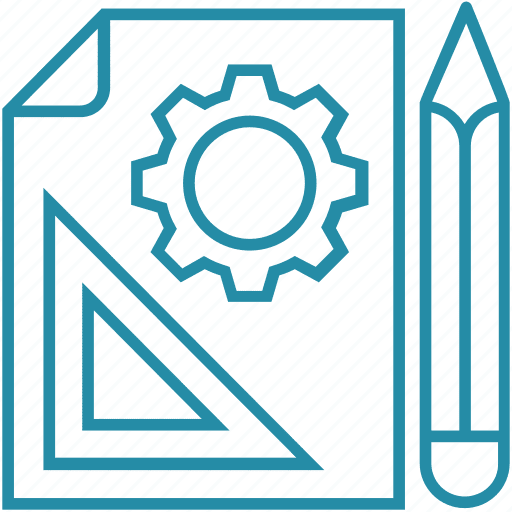
Rapid Prototyping
Fastest lead time of high-quality prototypes at minimal cost.

Low Volume Production
From one-off prototyping to low-volume production.

Mechanical Assembly
Custom assembly for project-specific needs.
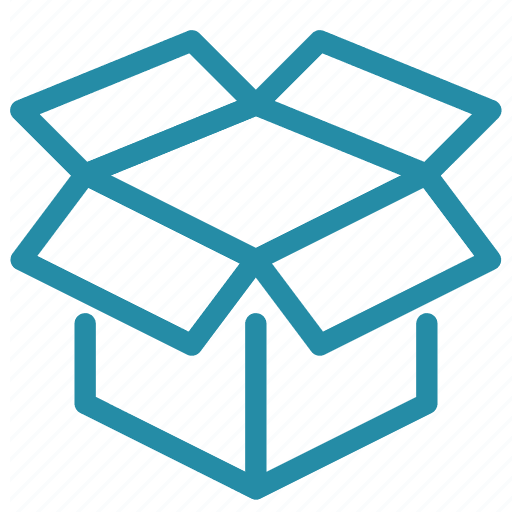
Custom Package
Ready to help you prompt your brand.
- Sources

Materials
Select from 100 more types of metals and plastics.

Finishes
Select from 20 more types of surface fishes.

Industries
Providing precision machining and manufacturing solutions.

Cases
How we assist our clients in bringing their projects to fruition.
- Company

Quality Assurance
Consistent quality, every time.

About Us
Your go-to manufacturer for custom parts.

Newsroom
Learn updated news about ECOREPRAP.
Rapid Prototyping Services
Rapid prototyping services with state-of-the-art manufacturing processes, including 3D printing, CNC machining, sheet metal fabrication and vacuum casting. Get top-quality prototypes fast and affordably, with the quickest turnaround and cost-effective solutions.
- Various rapid prototyping services
- Abundant materials & finishes
- 24/7 engineering support
All your designs are secure and confidential
Rapid Prototyping Services
Rapid prototyping services with state-of-the-art manufacturing processes, including 3D printing, CNC machining, sheet metal fabrication and vacuum casting. Guarantees fastest lead time of high-quality prototypes at minimal cost.
- Various rapid prototyping services
- Abundant materials & finishes
- 24/7 engineering support
All your designs are secure and confidential
Rapid Prototyping Solutions
Rapid prototyping is a product development method that utilizes advanced manufacturing technologies to quickly produce multiple iterations or prototypes of a component or product. ECOREPRAP provides an array of rapid prototype processes, including 3D printing, CNC machining, sheet metal fabrication, and vacuum casting.

Rapid 3D Printing
3D printing is the most common rapid prototyping process with the key advantage of being fast and affordable. Among the 5 3d printing processes, stereolithography (SLA), fused deposition modeling (FDM), and selective laser sintering (SLS) are usually used for rapid prototyping.
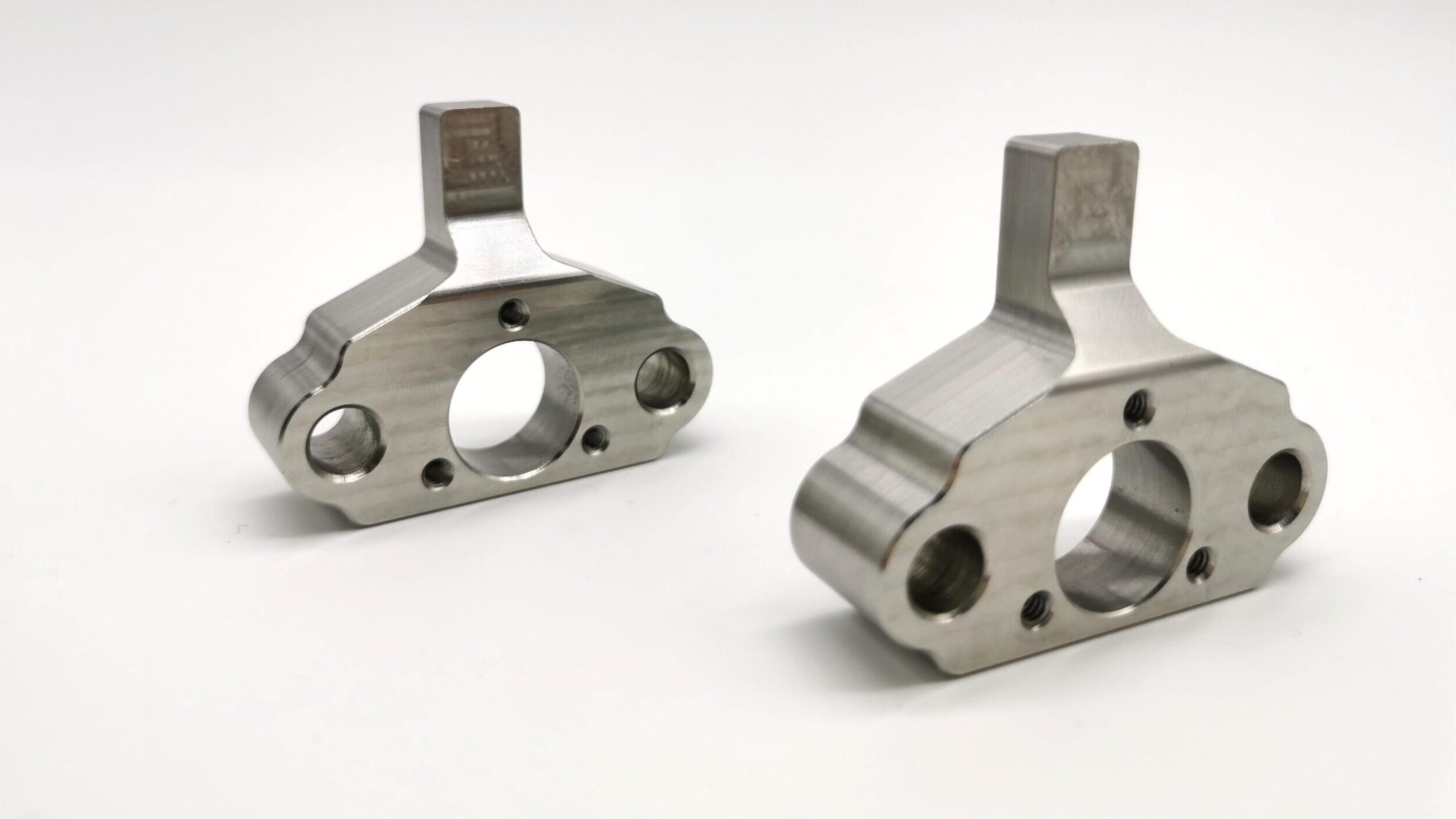
Rapid CNC Machining
With advanced 3-axis, 4-axis, and 5-axis CNC machining, ECOREPRAP helps cut your product parts with great precision, ensuring your rapid prototyping runs smoothly while producing as many parts as possible. 80+ materials and 20+ surface finishes are provided.
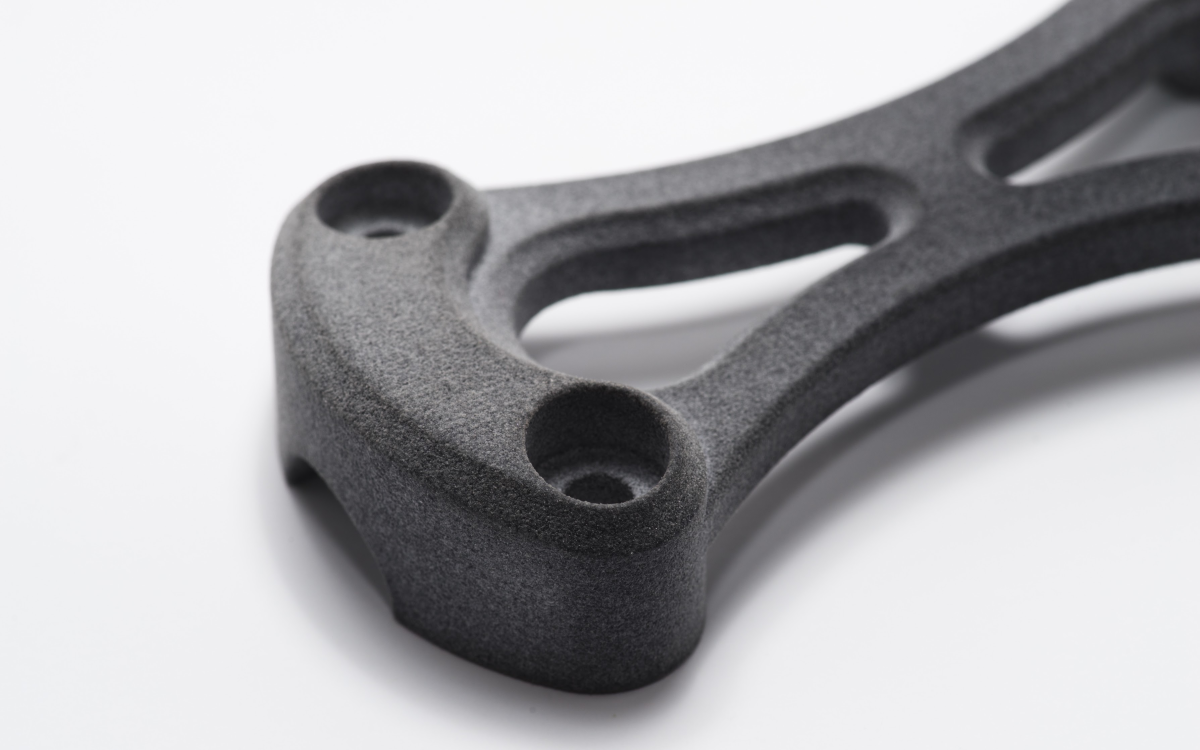
Rapid Sheet Metal Fabrication
Consider rapid sheet metal fabrication when you need swift turnaround for flat parts that demand evaluation in their actual metal material. Our metal fabrication prototyping services provide a wide selection of metals and alloys, such as stainless steel, copper, and aluminum, ensuring you have the right materials for your project.

Rapid Vacuum Casting
Vacuum casting is a custom manufacturing method used for the production of small series of functional plastic parts, materials including ABS-Like, PMMA-Like, PC-Like, PP-Like, Rubber-Like, and Silicone.
Why Choose ECOREPRAP for Rapid Prototyping Services

Consistent Quality Every Time
We use high-quality input materials and maintain a high level of process stability to ensure reproducibility. We strive for continuous improvement to improve our manufacturing of goods, processes, and delivery capability.

Professional Engineering Support
Work with our engineering experts that offer technical design guidance and inform you on manufacturability and cost-saving solutions. Free and accurate quotation with DFM review in 12 hours and lead time as fast as 3 days.

Strong Manufacturing Capacity
To meet your rapid prototyping needs, we provide and support extensive manufacturing capabilities, including 3D printing, CNC machining, sheet metal fabrication and vacuum casting.

Worldwide Shipping Solution
We have a state-of-the-art in-house production supply chain and staff strength that helps us meet and exceed your expectations on delivery time and quantity. We ensure that all our deliveries are within schedule.
What Customers Say
"Yes... The aluminum parts have been fitted and checked... They are good... The shaft is yet to be used but we have measured it and all looks good."

"We got an urgent project. ECOREPRAP finished the parts within 3 days, DHL delivered within 4 days. Within one week, the part arrived. Amazing experience. All the exceptions fulfilled. Exceptional qualityand surface finish. Thanks for the support."

"Quality fit and finish. I installed one on a roof rack for mounting lights or a camera. Solid mount, working great now I just need to make few more."

"They were highly professional and responsive from the beginning. The quality of their work was exceptional, with flawless parts and precise tolerances. Their commitment to customer satisfaction, along with regular updates, made the entire process smooth.”

Previous
Next
Rapid Prototyping FAQs
ECOREPRAP provides rapid prototyping services with state-of-the-art manufacturing processes, including 3D printing, CNC machining, sheet metal fabrication and vacuum casting.
SLA, SLS, SLM, MJF and FDM.
Yes, for 3d printing parts, spray painting is available. For CNC and sheet metal fabrication parts, more than 20 surface finishes are provided.






